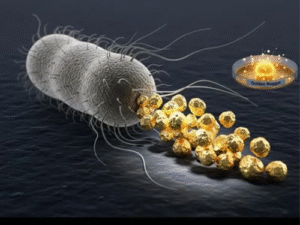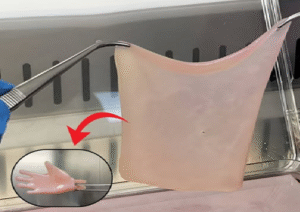In 1948, renowned Indian paleobotanist Professor Birbal Sahni identified and named a new group of Jurassic-period gymnosperms as “Pentoxyleae,” based on fossil discoveries in the Rajmahal Hills of eastern Bihar, India.
The Pentoxyleae are characterized by distinct morphological features:
Stems: Referred to by the morphogenus Pentoxylon, these stems consist of five or six wedge-shaped segments embedded within thin-walled ground tissue.
Leaves: Known as Nipaniophyllum, the leaves are strap-shaped, up to 20 centimeters long, with a prominent midrib.
Pollen Organs: Termed Sahnia, these structures feature microsporophylls arranged in tight spirals around a cylindrical or dome-shaped receptacle, surrounded at the base by bracts up to 6 mm long. The pollen is monosulcate and approximately 25 μm in length.
Seed-Bearing Organs: Called Carnoconites, these organs have a central axis that branches into numerous structures, each ending with an ovule. The seeds appear to be sessile.
The discovery of Pentoxyleae has provided significant insights into plant diversity during the Jurassic period (approximately 201 to 145 million years ago) and has contributed to the understanding of gymnosperm evolution. Fossil evidence of this group has also been reported from regions such as New Zealand, Australia, and Antarctica, suggesting a broader distribution during that era.
Professor Sahni’s work on Pentoxyleae has been foundational in paleobotanical studies, offering a glimpse into the ancient flora that once thrived in the Indian subcontinent and beyond.







